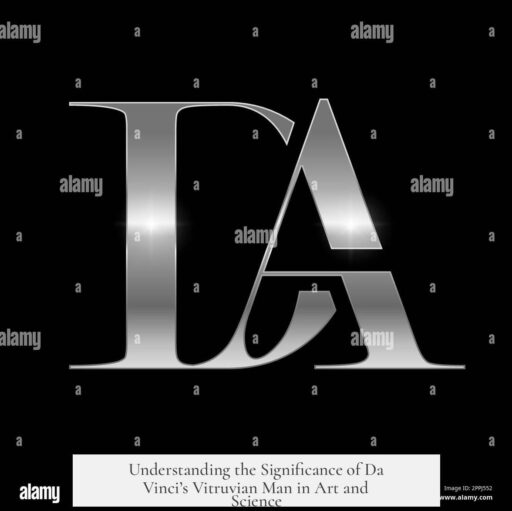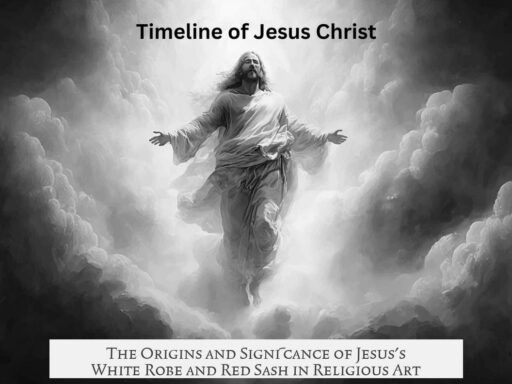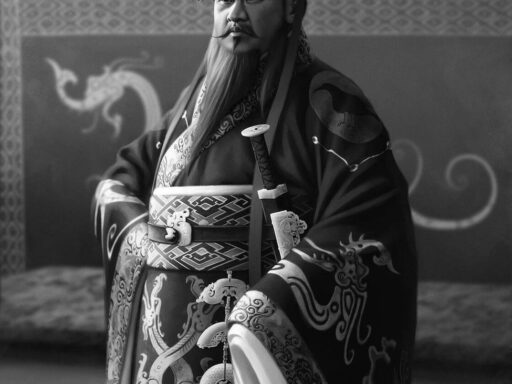Da Vinci’s Vitruvian Man is important because it visually represents the blend of the divine and mundane in the human form, linking ancient architectural ideas with Renaissance humanism. It shows how human proportions relate to geometry, making the human body a model for understanding nature and the cosmos.
Vitruvius, a Roman architect, argued that buildings should reflect the perfect human body’s proportions. He based his system on measurements starting from the smallest finger. He used the square and circle to symbolize the mundane (earthly) and divine (heavenly) realms.
During the Middle Ages, artists used this concept to depict Jesus, combining human perfection with divinity. However, the depictions often felt forced, with figures awkwardly adjusted to fit squares and circles that sometimes appeared distorted.
Leonardo da Vinci revolutionized this idea. He drew two overlapping body positions: one with arms and legs extended to fit a square, and another with limbs spread to form a circle. This showed the body’s dynamic range rather than a fixed pose.
Unlike earlier uses that linked this model to Jesus, Da Vinci’s version is a self-portrait. This subtly claims that humans themselves contain both divine and mortal aspects.
This carries a broader implication. If humans reflect both the divine and the earthly, they have the potential to understand the universe’s full complexity. Da Vinci’s Vitruvian Man symbolizes this optimistic human capacity for knowledge and balance.
- Vitruvius connected human proportions to architecture with square and circle symbolism.
- Medieval art used Vitruvian concepts to portray Jesus, often awkwardly.
- Da Vinci introduced dynamic body positions, blending art and geometry.
- His self-portrait shows humans as both divine and earthly beings.
- The drawing symbolizes human potential to understand the universe.




